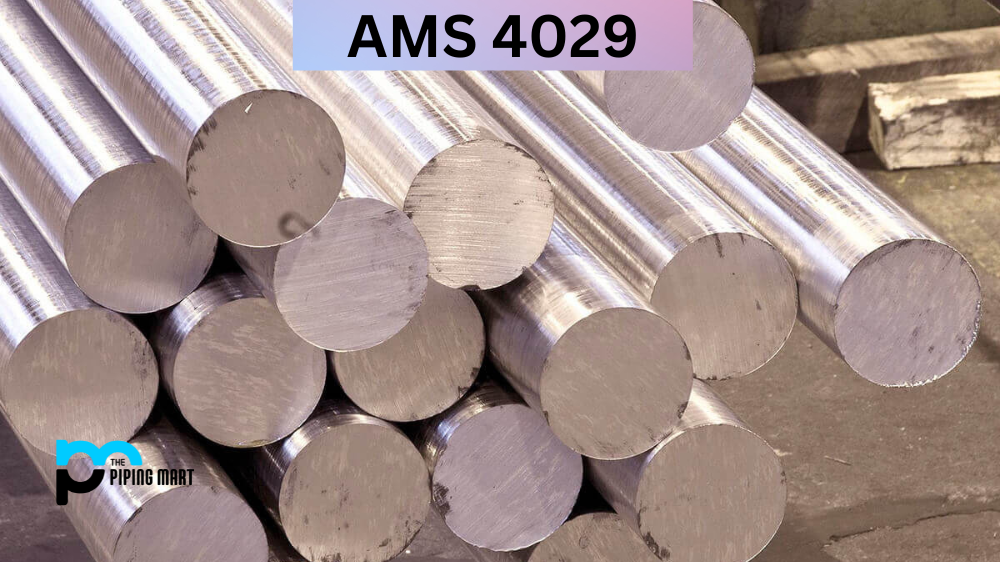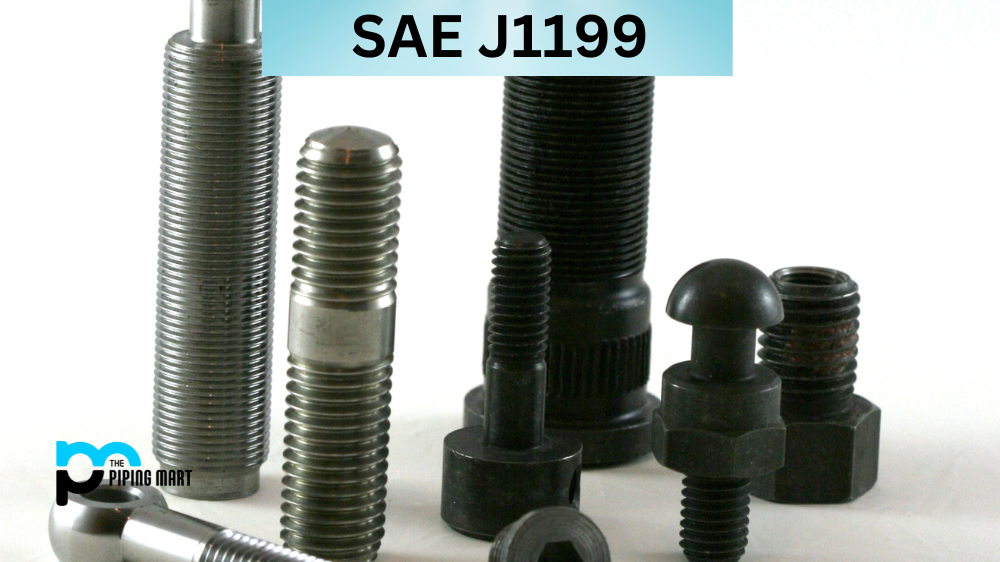If you’re in the market for corrosion-resistant stainless steel, then look no further than 410S stainless steel. This alloy is composed of 11.5 percent chromium and a moderate amount of carbon, making it perfect for high-temperature applications and low-stress environments. Let’s take a closer look at the composition, physical properties, mechanical properties, and uses of 410S stainless steel.
410S Stainless Steel Composition
The composition of UNS S41008 consists of 11.5 percent chromium and 0.08 percent carbon with traces of other elements like phosphorus, sulfur, silicon and manganese. These elements combined create an alloy that is highly resistant to corrosion, even when exposed to harsh chemicals or heat. Additionally, this alloy has excellent ductility and hardenability, as well as good formability properties, so it can be used in a variety of applications.
| Element | Content (%) |
|---|---|
| Iron, Fe | 85 |
| Chromium, Cr | 12.5 |
| Manganese, Mn | 1.0 |
| Silicon, Si | 1.0 |
| Carbon, C | 0.080 |
| Phosphorous, P | 0.040 |
| Sulfur, S | 0.030 |
410S Stainless Steel Physical Properties
The physical properties of UNS S41008 make it an ideal choice for many industrial applications because it is non-magnetic, meaning that it will not attract magnetic particles such as nails or screws when exposed to certain temperatures or environments. It also has a high melting point at 1450 degrees Celsius (2642 Fahrenheit) which means that it can withstand higher temperatures without losing its strength or becoming brittle like some other metals may do when exposed to extreme heat. Additionally, this metal is highly resistant to oxidation, so it will not rust when exposed to air or water over long periods of time.
| Properties | Metric | Imperial |
|---|---|---|
| Density | 7.80 g/cm3 | 0.282 lb/in³ |
| Melting point | 1532°C | 2790°F |
410S Stainless Steel Mechanical Properties
The mechanical properties of UNS S41008 are what makes this metal so versatile in its applications; it has an excellent tensile strength (the ability to resist breaking under tension) at 80 ksi (kilopounds per square inch) as well as good ductility (the ability to be drawn into wires). It also has a yield strength (resistance against deformation) at 27 ksi and an elongation rate of 50%. All these qualities combined make 410S stainless steel one of the strongest alloys available on the market today.
| Properties | Metric | Imperial |
|---|---|---|
| Tensile strength | 1525 MPa | 221200 psi |
| Yield strength (@strain 0.200%) | 1225 MPa | 177700 psi |
| Elastic modulus | 190-210 GPa | 27557-30458 ksi |
| Poisson’s ratio | 0.27-0.30 | 0.27-0.30 |
| Elongation at break (in 50 mm) | 14.50% | 14.50% |
| Hardness, Knoop (converted from Rockwell C hardness) | 464 | 464 |
| Hardness, Rockwell C | 45 | 45 |
| Hardness, Vickers (converted from Rockwell C hardness) | 446 | 446 |
410S Stainless Steel Thermal Properties
| Properties | Metric | Imperial |
|---|---|---|
| Thermal expansion co-efficient (@0-100°C/32-212°F) | 9.90 µm/m°C | 5.50 µin/in°F |
| Thermal conductivity (@100°C/212°F) | 24.9 W/mK | 173 BTU in/hr.ft².°F |
410S Stainless Steel Equivalent
| ASTM A240 | ASTM A473 | DIN 1.0400 | DIN 1.4001 |
| DIN 1.4034 | ASME SA240 | ASTM A176 | SAE 51410S |
410S Stainless Steel Uses
UNS S41008 has been found to have a range of uses, making it an incredibly multi-purpose material. In the food and beverage industry, its low carbon content makes it ideal for applications that require welding beveling and other operations where corrosion resistance is important, such as in stainless steel vats and tanks. Its strength is increasingly being sought out in offshore oil drilling and production, especially where the sea can be quite corrosive, making it an ideal material for components like valve bodies that must be able to stand up to those elements. It is also being used more frequently for parts of construction equipment as well as pump shafts and other components requiring significant mechanical support in challenging industrial applications. 410S Stainless Steel combines both form and function; its potential is limited only by the imagination of engineers.
Conclusion
All in all, if you’re looking for an easy-to-use yet strong material that won’t corrode easily, even in harsh conditions, then you’ve come to the right place – 410S stainless steel fits the bill perfectly! From automotive components to cookware and medical instruments – this metal has been used by various industries due to its impressive physical and mechanical properties along with its superior corrosion resistance! So if you need a reliable material that can stand up against wear and tear while still being cost-effective, then don’t hesitate – go with 410S stainless steel!

Pipingmart is a B2B portal that specializes in metal, industrial and piping items. Additionally, we share the latest information and information about materials, products and various types of grades to assist businesses that are involved in this business.




